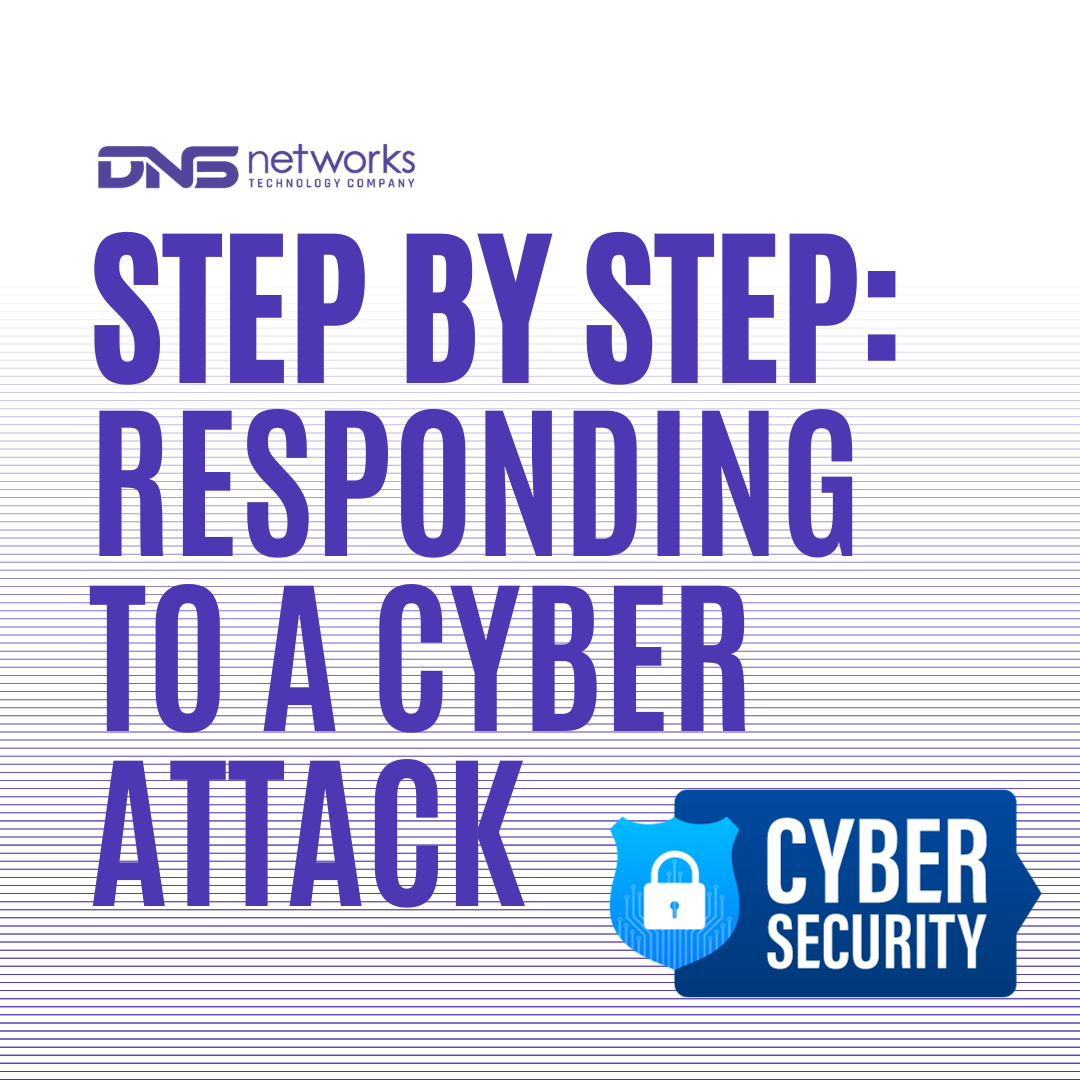Cyber Attack Response: A Step by Step Guide
Understanding and Preparing a Cyber Attack Response
In our digitally connected era, the risk of cyber threats looms over businesses of every size and industry. These threats can inevitably lead to cybersecurity incidents, resulting in severe operational, financial, and reputational damage. Thus, understanding how to create a cyber attack response and such incidents effectively and efficiently is critical.
This blog post provides a detailed, step-by-step guide on handling a cybersecurity incident to minimize the potential impact on your business.
Step 1: Identification and Classification
Recognizing an incident is the first step toward addressing the problem. This stage involves understanding the nature and scope of the issue.
- Identify the Compromised Systems and Data: Determine which systems have been affected and what data has been compromised. This process requires a dynamic approach due to the continually evolving nature of cyber threats.
- Classify the Incident: Identifying the type of attack is crucial because different incidents require different responses. Whether malware, a data breach, a DDoS attack, or phishing, each demands a tailored strategy.
- Establish the Source and Cause: Tracing the breach back to its origin. Doing so can aid in sealing off specific access points and strengthen the overall security to prevent similar incidents from recurring.
Step 2: Containment
When a cybersecurity incident arises, timely intervention and cyber attack response is critical. The containment phase focuses on limiting the extent of damage and preventing further exposure.
- Isolate Affected Systems: Disconnect affected systems or networks immediately to avoid the attack’s spread.
- Backup Important Files and Data: Create backups to prevent additional data loss.
- Change Access Controls: Modify credentials and passwords to halt ongoing unauthorized activities. It’s helpful to regularly update passwords as part of a general security practice.
Step 3: Eradication and System Clean-Up
After containment comes the clean-up; this step is about purging the infected systems and ensuring no residual threats remain.
- Remove Malicious Elements: In severe cases, this might involve deleting infected files, cleaning up malicious codes, or even a complete system overhaul.
- Declare Systems Safe: Only after careful review and verification that all threats have been removed should systems be declared safe.
- Update and Patch Systems/Software: Regular updates and patches are necessary to fix security vulnerabilities and are the most efficient preventive measure against new threats.
Step 4: Recovery
Once the incident is managed and the systems are clean, disaster recovery begins. This stage involves restoring and returning the systems to normal operations.
- Restore and Test Backup Data: Restore systems using the backup data. It’s crucial to test these systems to ensure they function correctly.
- Reinstate Access Controls and Operations: Cautiously reinstate access controls. Monitor the systems closely for potential abnormalities to ensure full recovery.
Step 5: Post-Incident Review
Learning from incidents is critical to improving an organization’s cybersecurity posture. The incident and the response process are thoroughly examined during the post-incident remediation and review phase.
- Document the Incident and Response: Create a detailed report outlining the incident, the actions taken, its effectiveness, and the outcomes. This proves invaluable in facing similar future incidents.
- Adjust Security Measures: Based on what you learn, adjust existing procedures or develop new ones to prevent similar incidents in the future.
- Educate Staff: Conduct training sessions to enhance your team’s understanding of cybersecurity and developing threat scenarios. Staff with strong cybersecurity knowledge can be a potent defence against threats.
The Road to Resilience: Concluding Thoughts and Next Steps
Having a well-defined incident response plan to cyber threats is not only essential in today’s digital environment; it’s inevitable. A well-prepared business can navigate these incidents, minimizing the impact and bouncing back quickly. The goal isn’t just to survive but to emerge stronger, smarter, and better equipped for future challenges.
Cybersecurity is an ongoing process requiring constant vigilant effort. Keep tuned in to the rapidly evolving landscape of cyber threats, and always be prepared to respond.
Interested in learning more about the benefits of network security and cyber security services? Read our blog on the Top Benefits of Network Security Services.
Disclaimer: The information provided in this blog post is for general informational purposes only and should not be considered professional advice. Consult with professionals at DNSnetworks for more accurate information tailored to your unique business needs.
Stay safe, stay secure! – Connect with us now or check out our cybersecurity services!

